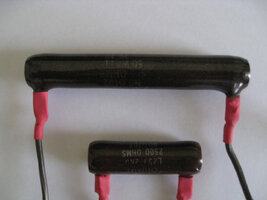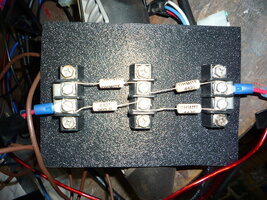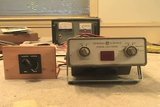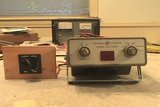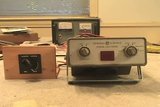I have a BP100 that I'm going to keep around the shop to test sirens on. I want to reduce the output. Is there something commercially made that I can put inline on the speaker wire to do this? Or can someone tell me how to make something to do it?
I recall an install on an engine where they had the feature via a switch on the dash. I'm looking to do something like that.
I recall an install on an engine where they had the feature via a switch on the dash. I'm looking to do something like that.


